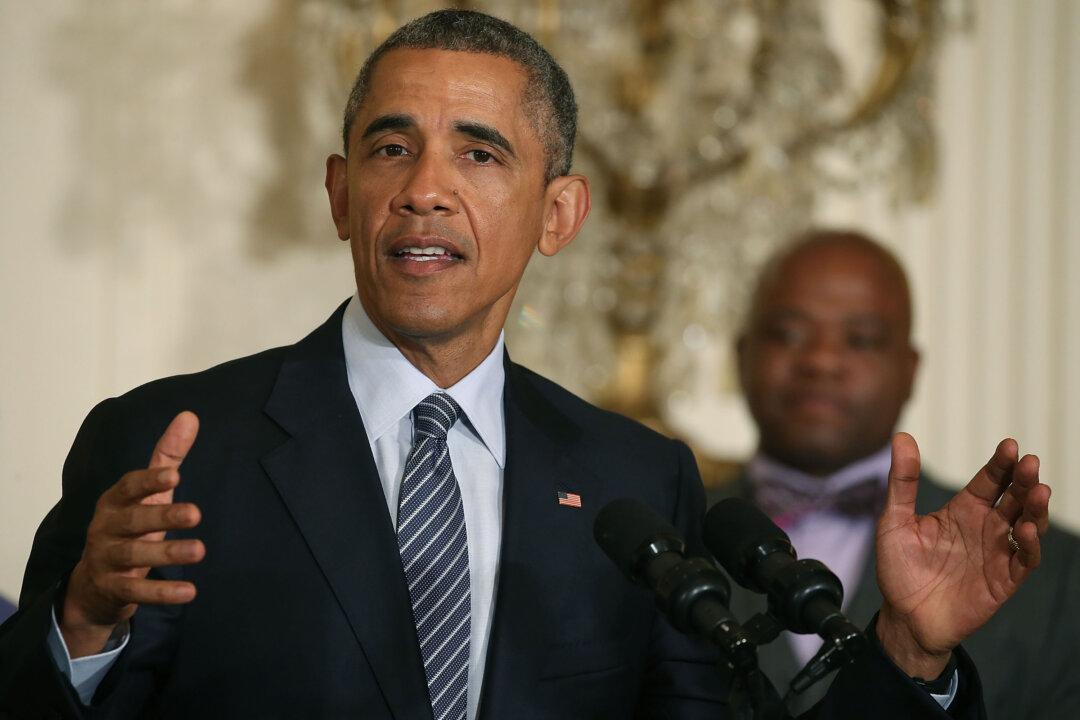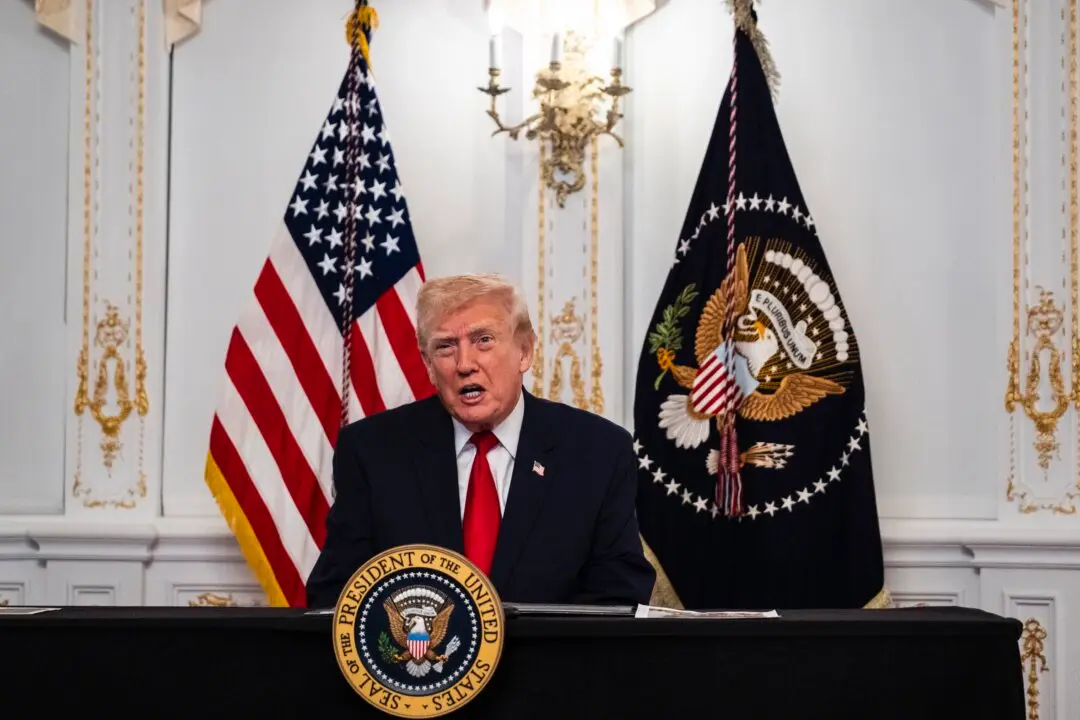“This is really such an incredibly wicked cool moment,” EPA Administrator Gina McCarthy said during a press conference Monday, Aug. 3, to announce that the Clean Power Plan had arrived.
Just before introducing President Barack Obama, she breathed a heavy sigh of relief that after six years of hard work by many people, the president could finally introduce the plan.
The solar industry has been creating jobs 10 times faster than the rest of the economy.





